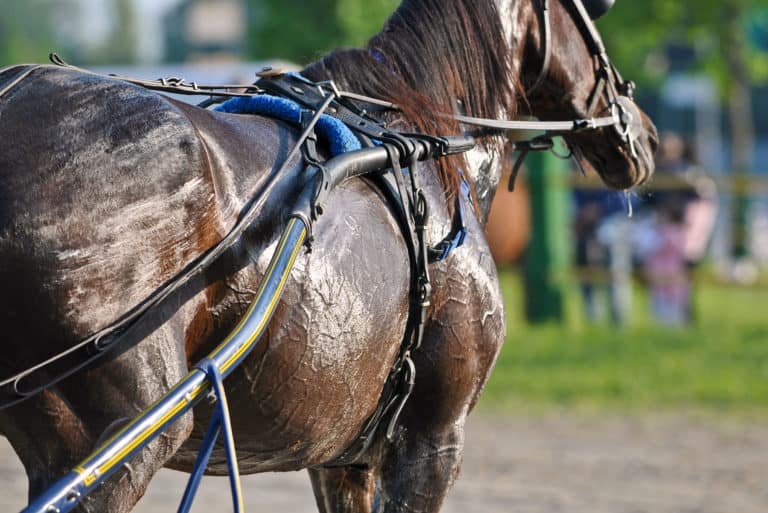Sperm Membrane Integrity (AAEP 2004)
While a large part of microscopic semen evaluation centers around motility (directional sperm movement) and morphology (sperm structure), some reproductive specialists think there’s more to the story. In an attempt to better understand stallion fertility, Steven P. Brinsko, DVM, MS, PhD, Dipl. ACT, associate professor of theriogenology at Texas A&M University, presented the results of











